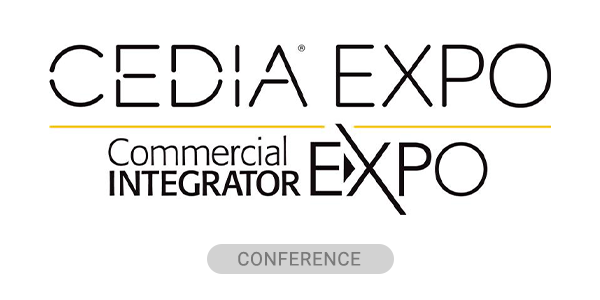Editor’s Note: Our editors updated this op-ed on employee retention as of July 22, 2025.
The current global situation might not fit the definition of chaos in the sense of “complete disorder.” However, there is much more that’s “up in the air” than I recall in recent years. One example of things being in a state of flux is employment and the changing of jobs. Simply look at LinkedIn and you’ll see people posting new positions after a couple of years at their previous job. This is disconcerting to say the least, and it begs for exploration.
Short-Tenured Employees
According to the U.S. Bureau of Labor Statistics, nearly 20% of new employees leave the company they’ve joined after less than a year. The average tenure today is 3.6 years (and declining). Tenure in the workforce is much shorter for those 35 and under.
Part of this can be traced to companies and employees not doing proper due diligence upfront, prior to committing. In other cases, things come up out of the blue that cause changes to take place. It begs the question whether anything can be done to address this decline.
Suffice it to say that longer-term employment is good for both the company and the employees. The cost (both financially and culturally) for companies to fill newly vacant positions has a negative effect. Employers are hesitant about bringing on potential new hires who have had a large number of jobs. Hiring and training talent comes with a cost that companies would prefer not to invest in for short-term employees. Instead, they hope to hire someone who will last long enough to make up for all those onboarding costs and add extra value besides.
Data shows a labor shortage in the U.S., with seven in 10 employers struggling to find suitable employees for job vacancies. This couples with roughly eight million job openings. Many employers are struggling to find qualified candidates, leading to challenges in filling those positions — potentially impacting business operations along the way. This is especially true in technical fields with high demand that exceeds available supply.
Negative Influences on Employee Retention
What most negatively influences employee tenure? Here are four points to consider:
- 82% of people say they would quit because of “a bad manager.”
- 73% leave because of “a negative culture.”
- 63% leave due to a lack of communication in the organization.
- 14% leave to pursue higher-paying jobs elsewhere.
According to a recent report and survey from McKinsey & Co., disruptions of longstanding workplace norms have led many employees to rethink their expectations of employers. Organizations have responded to this by seeking new formulas to motivate employees. These include rethinking their approaches to performance management.
Some companies are shifting away from traditional approaches. The new process is to make employees feel they’re being assessed in a holistic way that considers external factors that affect their ability to deliver on a goal. This approach includes how well employees adhere to company cultural norms and leadership expectations. Employees surveyed were most positive about clear, consistent approaches to performance management done in a more inclusive manner.
Goal Setting is Key to Employee Retention
Goal setting is key, and it has long been accepted as a critical tool for improving performance. McKinsey found that 72% of respondents cited “clear goal setting” as a strong motivator. Employees felt more motivated when their performance goals were measurable and included a mix of individual and team-level goals, all of them clearly linked to company goals. However, the survey also suggested that just as important as the content of a goal is the process by which it is set. Employees tended to be more motivated and perceive the performance management approach as being fairer when they were involved in the process and when the goals were updated throughout the year to align with team and company priorities.
The survey found high ROI when managers spent time throughout the year — outside the review cycle — counseling employees on updates to align goals with current business priorities, while also articulating the connection between individual and team goals. Only 21% of respondents who had no development conversations felt motivated by their company’s performance management, as compared with 77% of those who received ongoing feedback. The survey indicated employees were significantly more motivated by performance reviews offered by a skilled manager who was involved in setting goals.
Clearly, it’s not all about money. Increasingly, it is the company culture, the quality of managers, a well-thought-out performance management approach and those non-financial elements that play an important role in employee retention.
Alan C. Brawn, CTS, DSCE, DSDE, DSNE, DCME, DSSP, ISF-C, is principal of Brawn Consulting.




